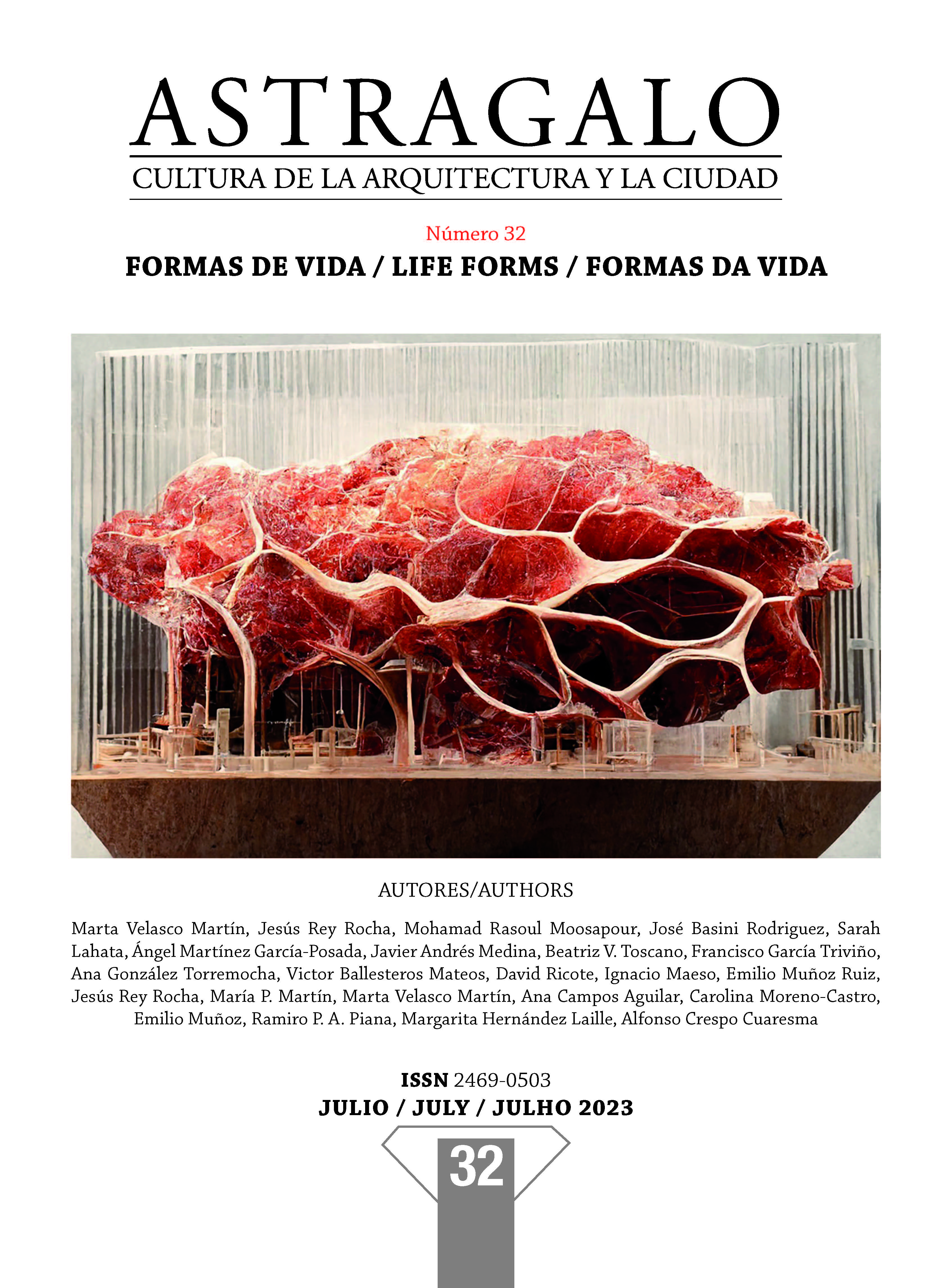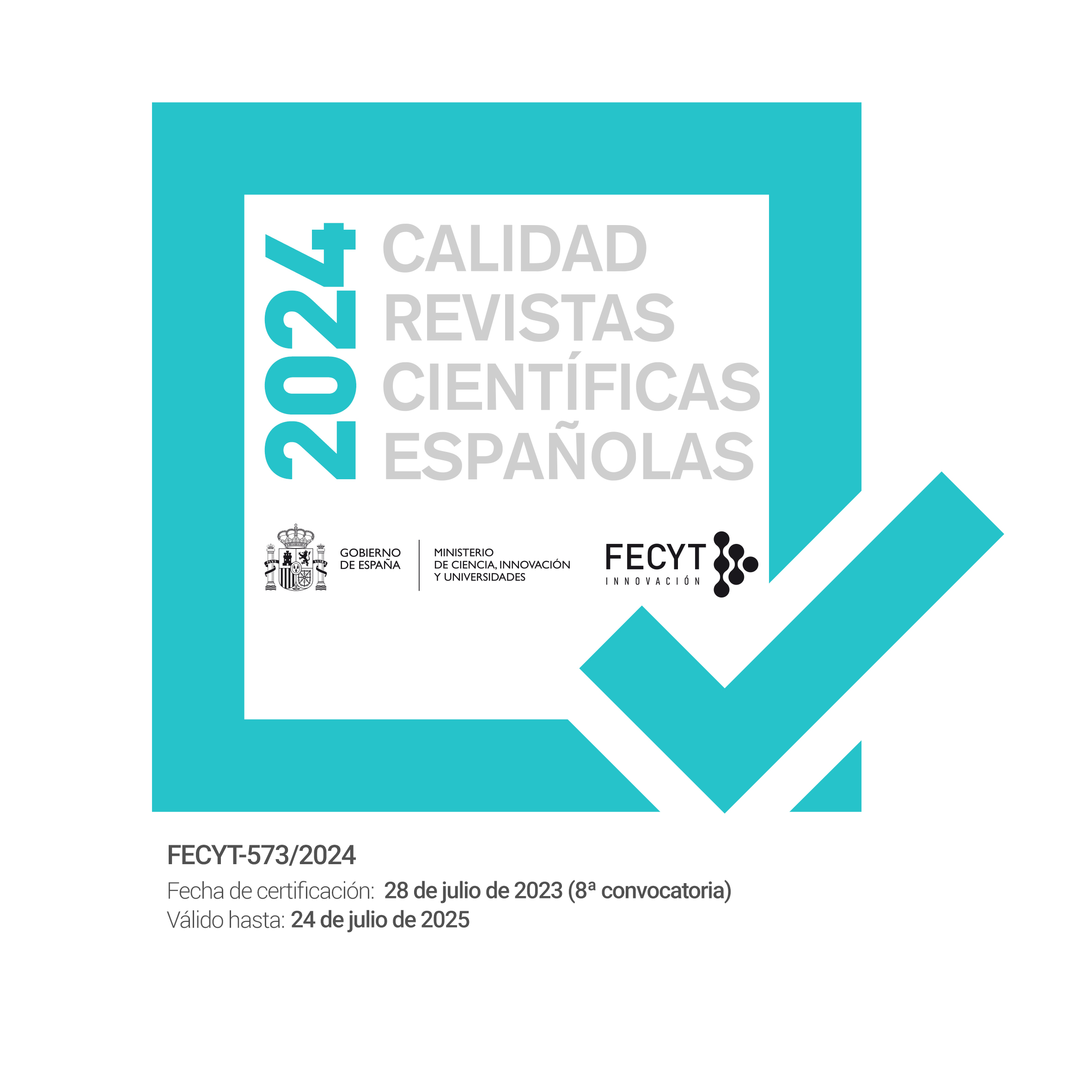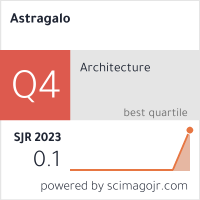ARCHI-CREATURES: Coexistence as an alternative future
DOI:
https://doi.org/10.12795/astragalo.2023.i32.02Abstract
In the 20th century, the future has been habitually and insistently represented in the collective imagination by "robots" and "mechanical objects" based on a "physical understanding" of reality, as this idea has manifested itself in every proposed way of thinking about the future world. Hence, modern human architecture and living spaces are always a combination of gigantic metallic structures and programmed dynamic mechanical parts.
What Mohamad Rasoul presents here is an investigation-imagination of a kind of future in which architecture, buildings and the world - rather than physical understanding - are based on a deep synthetic biological understanding (artificial intelligence is used for this), and architecture and buildings, above all, are produced from knowledge of the living or semi-living creatures that inspire their structure or infrastructure.
Practically, imagining "human life" in the present will require a shift from living in silent objects to coexisting with and within living creatures, understood as "habitable beings". The creation of architecture and buildings will be possible following a different process with the participation of experts from other disciplines and the use of new tools.
The author proposes that his idea can change the meaning and concept of architecture and those who carry it out, as well as the relationships in the world we know, and that it will make it possible to ask new questions to which this collection does not yet have answers. What the visual article published here is about, in short, is to show a transitional stage in thinking about new problems and questions and, perhaps, as the author calls it, a "new future".
Downloads
Metrics
Downloads
Published
How to Cite
Issue
Section
License
Copyright (c) 2023 Mohamad Rasoul Moosapour

This work is licensed under a Creative Commons Attribution-NonCommercial-ShareAlike 4.0 International License.
- Abstract 211
- PDF (Español (España)) 130



















